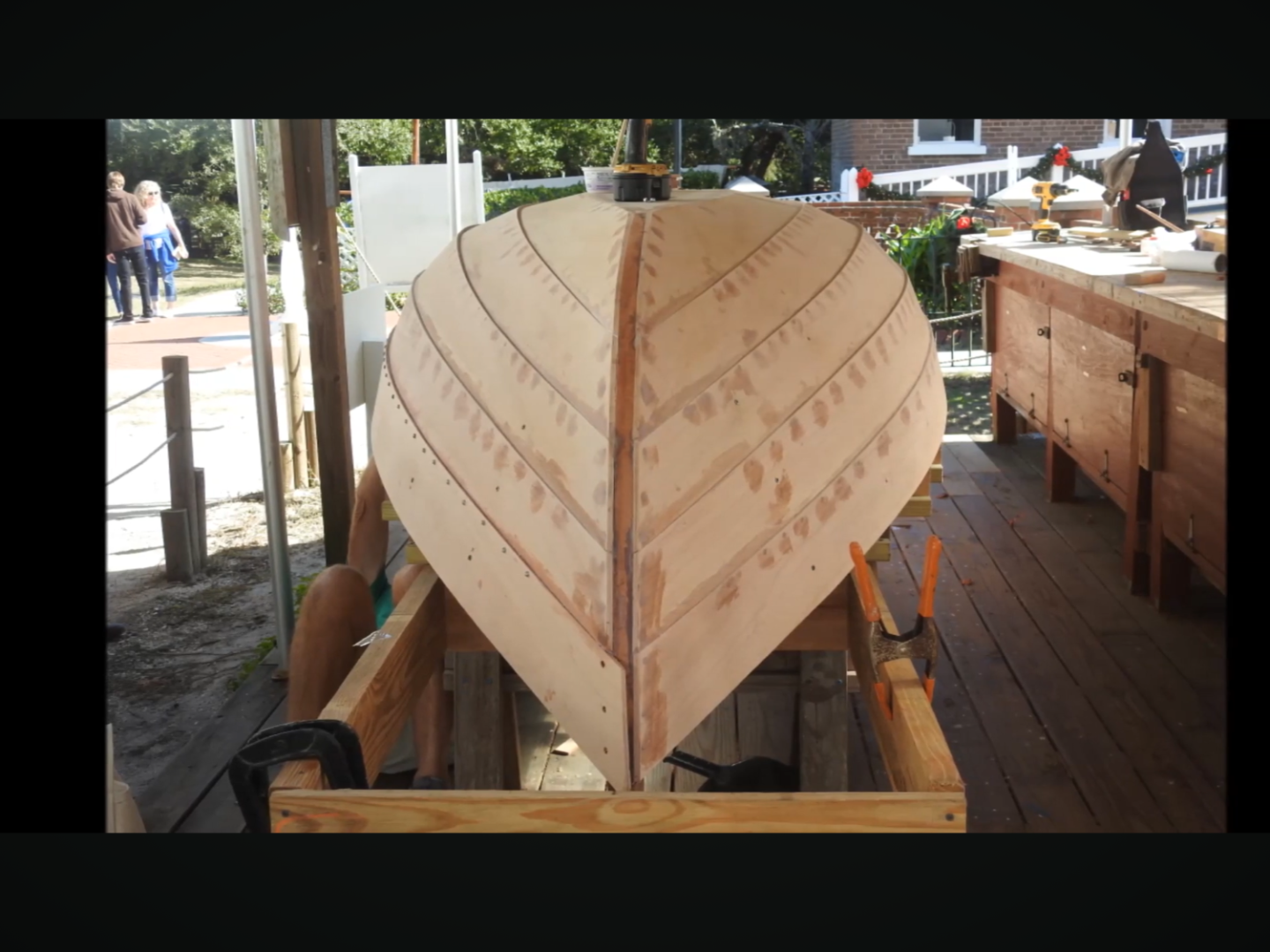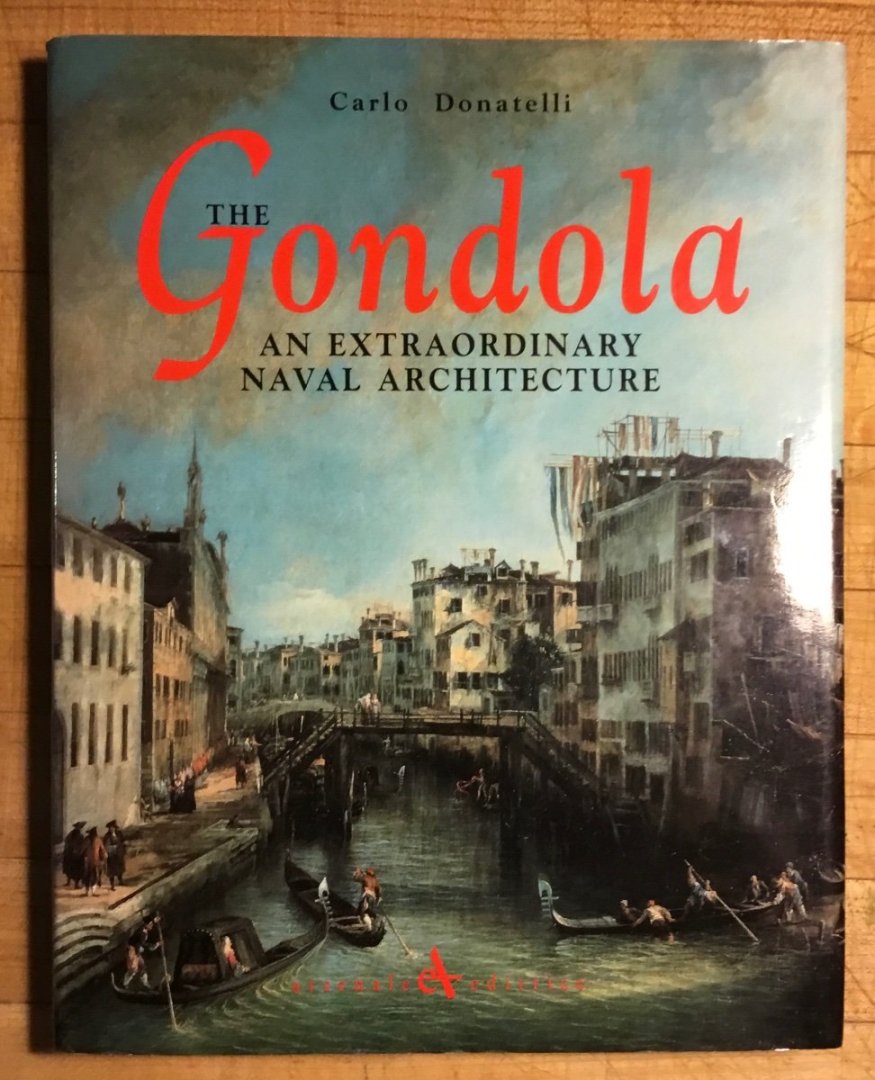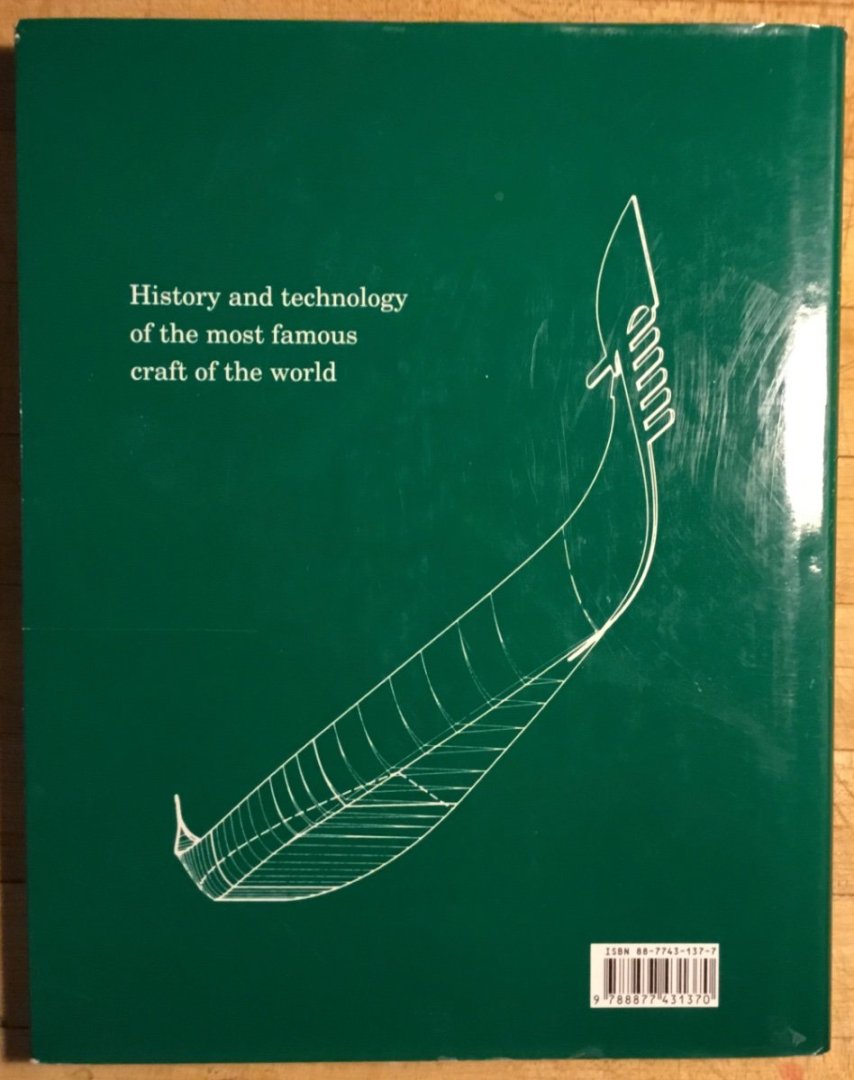-
Posts
131 -
Joined
-
Last visited
About Seamus107

- Birthday 07/22/1946
Profile Information
-
Gender
Male
-
Location
Southern Maine
-
Interests
Building scale models of small open boats that have historical significance; bird carving; woodworking
Recent Profile Visitors
-
 mtaylor reacted to a post in a topic:
KOGGE van Tartane-schaal by tartane - FINISHED - 1:87 - reconstruction
mtaylor reacted to a post in a topic:
KOGGE van Tartane-schaal by tartane - FINISHED - 1:87 - reconstruction
-
 tartane reacted to a post in a topic:
KOGGE van Tartane-schaal by tartane - FINISHED - 1:87 - reconstruction
tartane reacted to a post in a topic:
KOGGE van Tartane-schaal by tartane - FINISHED - 1:87 - reconstruction
-
I appreciate and admire what you are trying to accomplish with this model, because I model small open boats with some sort of historical significance, many of which do not have published plans. You are creating something special from scratch, based on lots of research and considerable ingenuity. Excellent work! james
-
 mtaylor reacted to a post in a topic:
Suggestions for new BlueJacket Shipcrafters kits, please.
mtaylor reacted to a post in a topic:
Suggestions for new BlueJacket Shipcrafters kits, please.
-
 grsjax reacted to a post in a topic:
Suggestions for new BlueJacket Shipcrafters kits, please.
grsjax reacted to a post in a topic:
Suggestions for new BlueJacket Shipcrafters kits, please.
-
 ERS Rich reacted to a post in a topic:
Suggestions for new BlueJacket Shipcrafters kits, please.
ERS Rich reacted to a post in a topic:
Suggestions for new BlueJacket Shipcrafters kits, please.
-
 Canute reacted to a post in a topic:
Suggestions for new BlueJacket Shipcrafters kits, please.
Canute reacted to a post in a topic:
Suggestions for new BlueJacket Shipcrafters kits, please.
-
 Cathead reacted to a post in a topic:
Suggestions for new BlueJacket Shipcrafters kits, please.
Cathead reacted to a post in a topic:
Suggestions for new BlueJacket Shipcrafters kits, please.
-
 Keith Black reacted to a post in a topic:
Suggestions for new BlueJacket Shipcrafters kits, please.
Keith Black reacted to a post in a topic:
Suggestions for new BlueJacket Shipcrafters kits, please.
-
 thibaultron reacted to a post in a topic:
Suggestions for new BlueJacket Shipcrafters kits, please.
thibaultron reacted to a post in a topic:
Suggestions for new BlueJacket Shipcrafters kits, please.
-

Looking for similar kits that resemble these ships
Seamus107 replied to challenger86's topic in Wood ship model kits
Scratch building can be very challenging but very rewarding. I tend to choose boats for which there are no kits, so I have had to become a scratch modeler. I agree with John, that research and planning is important. You have to create your own “instruction manual” from plans or drawings before you cut or glue anything. Sometimes the research into the model and discovering the history of the boat you are trying to model are as much fun as the modeling! james -
It was a scratch build of a leithbhad, based on plans from the historic ships of Ireland web site. I added a load of turf to the hold, for the visual effect and as a conversation starter. I believe ship models should have a little something that will encourage the viewer to stop, examine the model closely, and ask the modeler a few questions. I could share some photos of the model, if you should ever decide to build one. james
-
Welcome to Model Ship World! There are some fascinating Irish boats you could model, too. I have built a model of an Irish currach and recently finished a model of a Galway hooker. Lots of interesting nautical history from Ireland! james
-
Thanks for sending me the link and photos of strip-planked peapod construction. We all hopefully learn something every day, and this forum is a good place to learn new stuff. Good luck on completing your house and unpacking everything. Looking forward to your progress reports when they resume. Maybe I will finish the Midwest peapod model, strip planking and all. james
- 25 replies
-
- maine peapod
- peapod
-
(and 4 more)
Tagged with:
-
I started this kit more than twenty-five years ago, as an entry point into building ship models. Even as a completely naive modeler, I found many problems with the kit, especially with respect to the planking. I just couldn’t finish it, the planks seemed much too narrow, required bending in three directions (which wood doesn’t like to do), didn’t sit well on the forms, and didn’t resemble the planks on any of the small boats I see here in Maine. My experience with this kit almost discouraged me from pursuing the hobby any further. I rescued the model from a shelf in the garage last week, after having had a lot of subsequent experience in scratch-building small model boats, to see it I could make something of it. I saw that the narrow “planks” provided with the kit produced a very unrealistic planking pattern as one worked around the curve of the hull toward the keel. I thought it was me and my inexperience at the time I worked on the model, until I looked around on this forum and saw the same results from other builders. From my observations here in Maine, peapods and dories usually have 5 wide strakes extending from stem to stern, often in a clinker-built arrangement, that look nothing like the planks in this model kit. See the attached photo below, which is a screen shot from a video about building a peapod. I tried using lots of wood filler and sandpaper to disguise the planking lines and produce a smooth hull. It sort of worked on the outside, but not at all on the inside, where the twisted planks produced a ribbed look. Unsatisfactory. It doesn’t seem worth the effort to continue this way. I may recreate the stem and stern post, add a new midline plank, attach it to the base with the forms, and use this to create a hull with five overlapping strakes. Or, I may start from scratch and build a peapod model in the same way full-sized boats are built. james
- 25 replies
-
- maine peapod
- peapod
-
(and 4 more)
Tagged with:
-
“Majority wins” is my motto in this case. If only one bulkhead seems to be too high or low, I assume the others are correct and sand down the high one or add material to the low one. Sanding away a bulkhead or two fore and aft of a low one might introduce asymmetry in the hull unless you do exactly the same on the other side, which then means you have substantially modified the shape of the boat. In my experience, the less you have to do to get a clean and true fairing job, the better. james
-
Seamus107 changed their profile photo
-
I have a like-new copy of Donatelli’s book “The Gondola”, published in 1994 by Arsenale Editrice in Venice. The book includes the history and design of gondolas, with CAD plans of their unique asymmetrical design from which a model could be made. The book is in excellent condition, with no damage to the dust cover or pages. The asking price is $25. If interested, please contact me via Personal Message. conditions of sale: money order only, no checks, credit cards, PayPal, etc. The buyer in the US will pay for shipping buanthe USPS using their book rate or media rate, which is least expensive. Thanks. james Maine
About us
Modelshipworld - Advancing Ship Modeling through Research
SSL Secured
Your security is important for us so this Website is SSL-Secured
NRG Mailing Address
Nautical Research Guild
237 South Lincoln Street
Westmont IL, 60559-1917
Model Ship World ® and the MSW logo are Registered Trademarks, and belong to the Nautical Research Guild (United States Patent and Trademark Office: No. 6,929,264 & No. 6,929,274, registered Dec. 20, 2022)
Helpful Links
About the NRG
If you enjoy building ship models that are historically accurate as well as beautiful, then The Nautical Research Guild (NRG) is just right for you.
The Guild is a non-profit educational organization whose mission is to “Advance Ship Modeling Through Research”. We provide support to our members in their efforts to raise the quality of their model ships.
The Nautical Research Guild has published our world-renowned quarterly magazine, The Nautical Research Journal, since 1955. The pages of the Journal are full of articles by accomplished ship modelers who show you how they create those exquisite details on their models, and by maritime historians who show you the correct details to build. The Journal is available in both print and digital editions. Go to the NRG web site (www.thenrg.org) to download a complimentary digital copy of the Journal. The NRG also publishes plan sets, books and compilations of back issues of the Journal and the former Ships in Scale and Model Ship Builder magazines.



.jpg.d84ec4dad1d7791e855dca06210ab6f3.thumb.jpg.f45209242e851d4409eca1a09293165b.jpg)


